Less than a mile away from the Hudson River, an imposing industrial complex in Jersey City, N.J., hides a trove of vintage Danish furniture. Inside, I’m welcomed by a sign, pinned to a quintessentially industrial flared column. It reads “Lanoba Design,” the words flanked by a black outline of a mid-century modern-looking chair and an arrow pointing to the left.
Lanoba Design is the brainchild of Danish entrepreneur Lars Noah Balderskilde and his husband and business partner, David Singh. Every year since 2016, Balderskilde has flown home to Denmark to hunt down midcentury Danish furniture, combing flea markets, knocking on people’s doors, and scavenging the streets for discarded furniture. He then packs them into large containers and ships them to the U.S., where he and Singh refurbish and resell them to avid American customers.
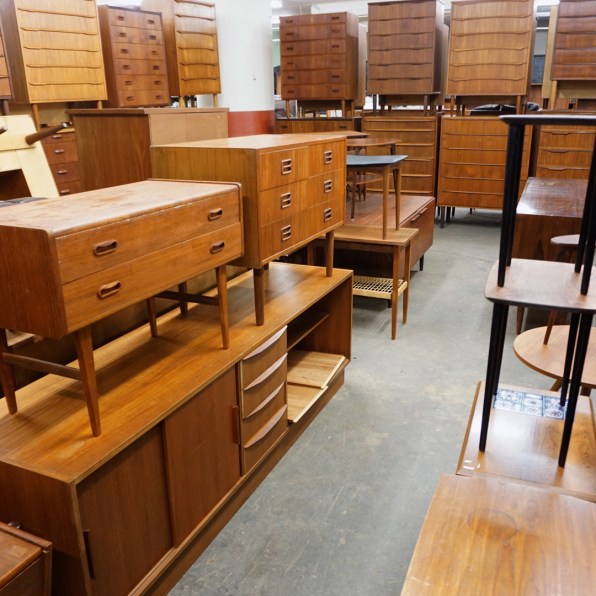
In five years, Balderskilde has salvaged more than 10,000 pieces. If a person’s trash is another person’s treasure, then Lanoba Design (an amalgamation of Balderskilde’s initials) has mastered the art of treasure hunting. But in a world where Americans throw out more than 12 million tons of furniture per year, it has also championed circular design by breathing new life in Danish castoffs, carving itself a cozy (dare I say hygge) niche in an oversaturated furniture market.
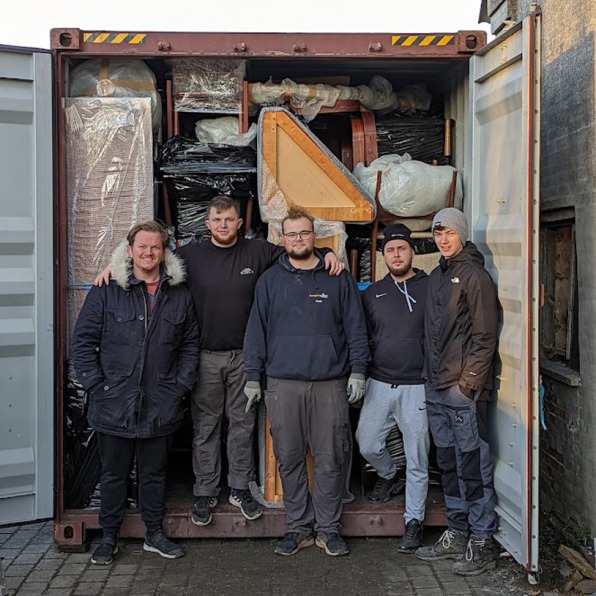
Balderskilde has been into vintage furniture ever since he was little. “We would never go to an amusement park but to the flea market,” he says, and his brother taught him everything he knows about refurbishing Danish furniture. But it wasn’t until decades later, when Balderskilde and Singh moved to Chicago and noticed how much Danish furniture pieces went for at flea markets that they realized this could be a business opportunity.
The warehouse in New Jersey is a cornucopia of rosewood desks for $1,095, teak cabinets for $995, nightstands for $595, tables, chairs, dressers, and myriad other Danish mid-century modern gems. Some are refurbished and displayed like in a showroom, complete with Danish pendant lights. Others are piled up in one corner of the warehouse, waiting to be brought back to life.
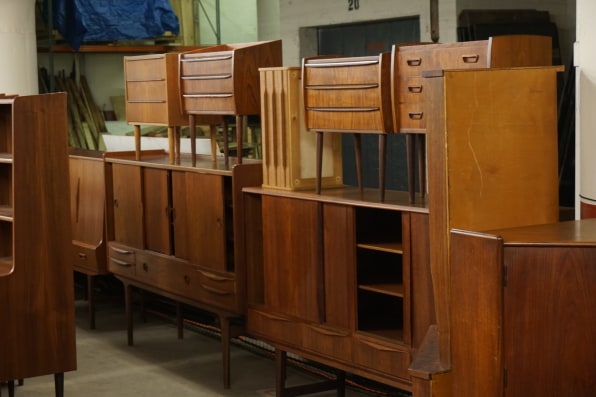
When I visited in December, dusty desks and miscellaneous furniture pieces were stacked up to three desks high. The warehouse is open to visitors on weekends, when people line up to call first dibs on pieces. (During 2020 lockdowns, desks were flying off the shelves—”We sold 150 desks in three weeks,” says Singh.)
You can buy a piece as is, or pay about 20% more for a fully refurbished piece that looks as good as new. Pieces are deep-cleaned, sanded, and repaired; joints are tightened and chairs are re-upholstered. Balderskilde says it can take anywhere from three hours to two days to refurbish an item. For him, it’s as much about restoring a piece of furniture as it is about preserving part of Danish design history.

Indeed, every single item in this warehouse comes with a story. “There are some pieces where I can say: this came from Matilda’s house, and she got it as a wedding gift, and she had it for 60 years, and it was sitting in her living room,” says Singh. Most items, though, Balderskilde finds in people’s basements, attics, or garages. He says Danish homes are now sleeker and contemporary, and many Danes view these vintage pieces as “old grandma furniture” that no longer fits in with their aesthetic preferences.
Danes may no longer like their heirlooms, but they know their value. “Fifteen to twenty years ago these pieces didn’t mean anything to Danes,” says Balderskilde. “If you had furniture to get rid of, thrift stores rejected it.” For better or worse, things are changing and demand has been growing steadily, mainly from the U.S. but also Southeast Asia, where Balderskilde says Danish furniture is shipped en masse. As a result, the inventory is fast dwindling and prices are skyrocketing. “In four to five years, we are going to be at the end of the source,” says Balderskilde, after which they’re going to have to decide whether to focus on a different era or change course altogether.
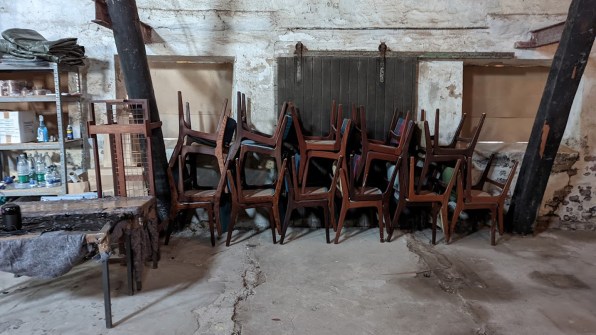
Unlike most other Danish furniture pieces in the U.S., which date back to the ’70s, Lanoba Design specializes in rosewood and teak pieces that were made between the late 1940s and 1960s. “I like the older stuff a little bit more,” says Balderskilde. With the ’70s export boom, he says, Danish furniture was designed to be sent outside the country, so it became more mass-produced and some attention to detail and quality got lost along the way.
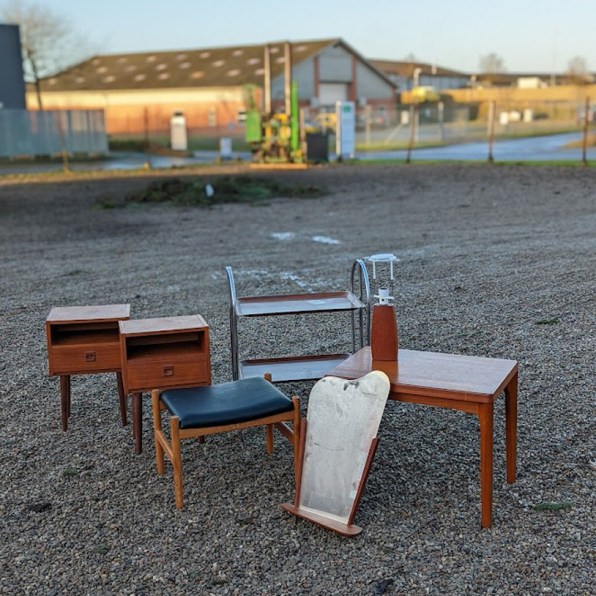
But American obsession with Danish furniture has been growing ever since. According to Balderskilde, that’s because you get something unique, but also because Danish furniture is compact and multi-functional. It was designed to fit smaller living quarters like those in Denmark, but also cities like New York, where most of Lanoba’s clientele is from. (They used to ship nationwide but they have since cut back to the tri-state area.) Virtually every dining table at Lanoba comes with an elegant set of leaves that extend to form a larger surface. I also noticed a surprising number of delightful corner bookshelves fit for a cozy Manhattan studio. “The idea always was that people were going to keep their furniture for 60 years,” says Singh, emphasizing the importance of utility. “It wasn’t fast furniture.”
In many ways, Lanoba is the antithesis of fast furniture. By breathing new life into furniture pieces that are already built, the designers are cutting the environmental impact associated with building new pieces from scratch. The shipping side of the business may add to the company’s carbon footprint, but most pieces we buy today already travel thousands of miles, mostly from Southeast Asia, so the model would only be beaten by a furniture company that sources materials and manufactures everything in the U.S. “Where we save on footprint is that we don’t have to reproduce new pieces,” says Balderskilde.
https://www.fastcompany.com/90710638/danes-dont-want-their-vintage-furniture-this-company-has-upcycled-10000-pieces-of-it-for-americans

